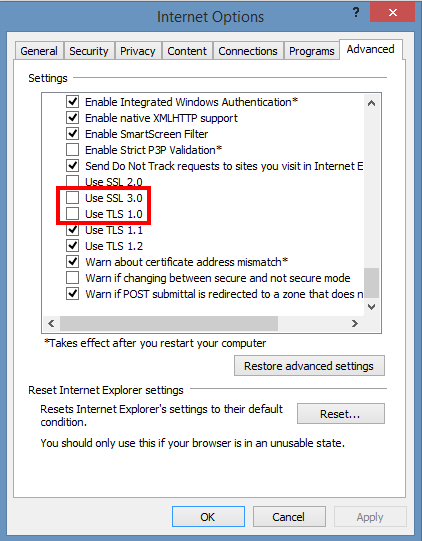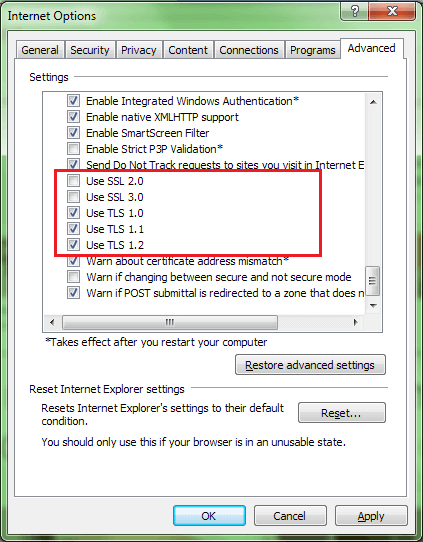

More and more browsers will be coming into line.

Insisting on the HTTPS protocol is something already in place with Mozilla’s open source Firefox browser. “Chrome’s new interface will help users understand that all HTTP sites are not secure, and continue to move the web towards a secure HTTPS web by default.” Chrome will now flag all sites using the protocol “HTTP” for their connection as unsecured. Google’s Chrome 68 update ( Chrome Not Secure) was rolled out on July 24 2018. Security for your site in this instance means the type of connection that your website has with the web server. Google’s Chrome 68 updateįor the non-developer or non-webmaster, all the changes can be confusing. In the near future, there will even be clear warnings shown if a website does not have the proper security in place. While it’s been the case for a while that Google shows websites are secure by including “https” at the beginning of the URL, now websites which are not secure will be properly flagged.

Here is some more information from Google about how a site’s security status is now going to be demonstrated to users. The Chrome Not Secure warning is intended to signal to website users that a site is not secure, and any information that is passed over the connection is vulnerable to hacking. Nothing but an information symbol and the domain.The website’s company name, a lock symbol, and “https”.Google calls it the Chrome Not Secure warning!Īll websites are now consistently labelled at the beginning of the URL with either: This change governs how you see the domains of the sites you’re visiting in the “omnibox” (address bar). You may have noticed a change in the Google Chrome browser very recently. New Chrome “Not Secure” Warning has Consequences for Your Knowledge Base


 0 kommentar(er)
0 kommentar(er)
